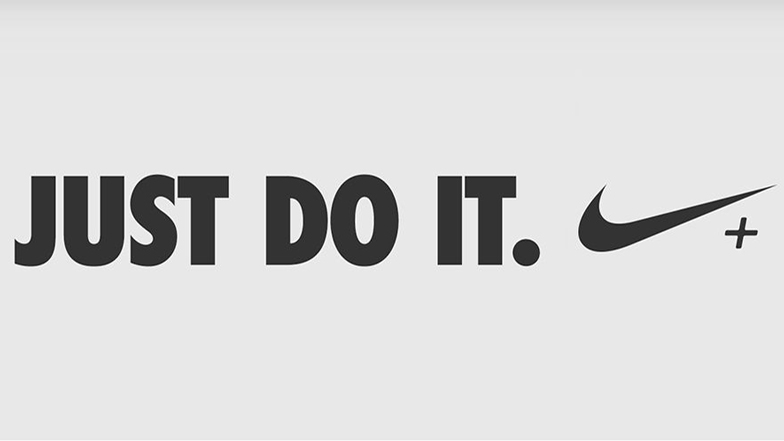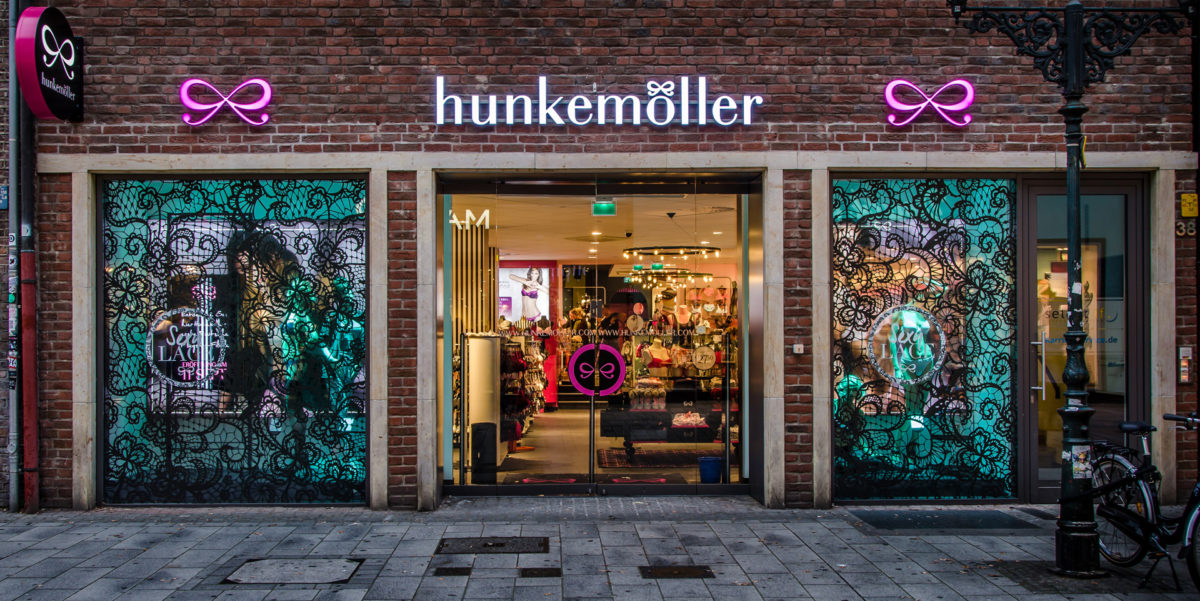After’s Cool is a private company that provides examination guidance, homework assistance and individual tutoring for students.
Thorwald Letzer saw a market opportunity to meet the need for additional learning support or homework control. The company is managed by Thorwald Letzer and Emmy van Rooyen. After’s Cool wants to create value and competitive advantages by offering flexibility, assistance in all courses and professional tutors. Second, After’s Cool positions itself as a positive minded institute. After’s Cool earns revenue by charging students different tariffs for services. The company promotes their services to attract students via word of mouth, schools and social media. The company has a flatter organizational structure, what is common in small to medium companies, with only three hierarchical levels and a lot of autonomy for employees.
IT systems
After’s Cool current business relies on different IT systems, for example Google, like Google Forms, Calendar, Gmail and Drive. Secondly, After’s Cool uses a CRM system which is called WhiteWorks to send invoices to students and their parents. After’s Cool also uses Twinfield as accounting system. Besides, After’s Cool makes use of a planning system to coordinate which student will come which day and what the exact homework task is. After’s Cool uses Nmbrs® as personnel administration system. Finally, the link between the school system, for example Magister or SOMtoday, and After’s Cools planning system is made manually. Right now there is a pilot running for a system that does this automatically, called START.
After’s Cool’s direct competitors in the same region are Bijdeles, Didactique, Lyceo and Studiekring.
The main strength of After’s Cool is their face-to-face contact in this increasing digital environment. Their main weakness is their manually overwriting of information from one IT system to another. Their main opportunity is the possible integration of all their IT systems with the use of an ERP system. Their main threat is the shortage of tutors.
Possible solutions
Bigger competitors have higher budgets and can therefore operate with mobile applications. Second, improvements and possibilities in IT systems at After’s Cool should focus on automatization. Besides, online tutoring through for example Skype, could be the solution to overcome geographical restrictions. Another solution could be to match the tutor and student via an online platform.
Proposed solution
After’s Cool is currently using many individual IT-systems. Many of the data importation, from system to system, is done manually. Therefore, we suggest to buy or develop an ERP software system. ERP systems allow seamless integration of information flows and business processes across functional areas within a company. After’s Cool needs to buy an ERP system package and make some adjustments in order to meet specific requirements. To neutralize the threat of competitors with an online matching system, After’s Cool can decide to incorporate such a system in the integrated ERP. Next to the ERP, there should be an online platform. The platform will serve as an online environment where students, tutors and parents will be able to see relevant information.
Merle Stadhouders – 385904
Lester Tersteeg – 376346
Alex Hartevelt – 373697
Quirine Paauwe – 373437
Group 18



